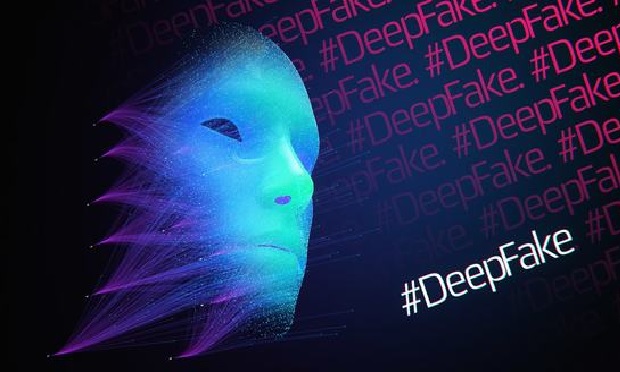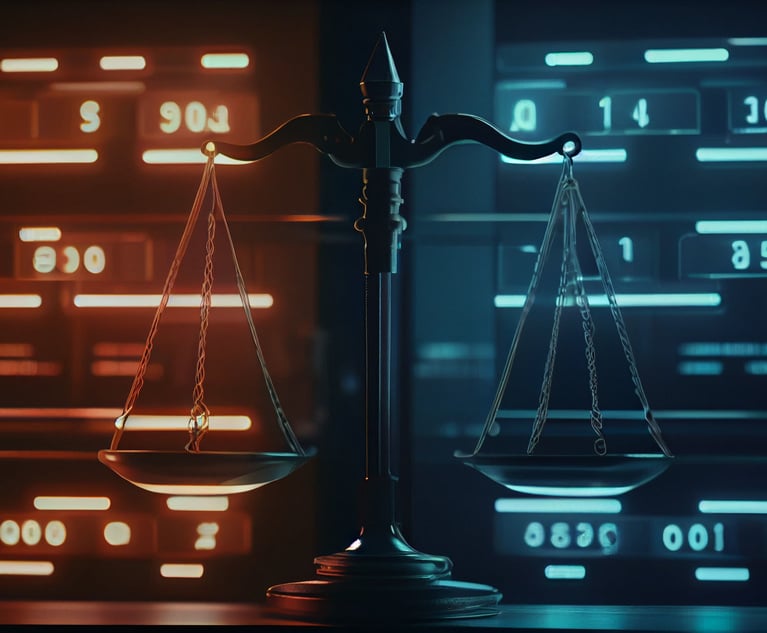 Common deepfake techniques include editing attributes such as hair and eye color, changing someone's voice and even transferring facial expressions from one video or photo to another. (Photo: Sono Creative/Adobe Stock)
Common deepfake techniques include editing attributes such as hair and eye color, changing someone's voice and even transferring facial expressions from one video or photo to another. (Photo: Sono Creative/Adobe Stock)
Technology is making possible what we previously thought was unimaginable. Photos and audio of the deceased can now be brought to life. Advanced editing technology, once the exclusive domain of the movie industry, is now available to the average internet Joe. Anyone can download a mobile phone app, pose as a celebrity, de-age themselves, or add realistic visual effects that can spruce up their online avatars and virtual identities. All this and more can be made possible through deepfake technology — basically a form of artificial intelligence (AI) capable of creating synthetic audio, video, images and virtual personas.
Want to continue reading?
Become a Free PropertyCasualty360 Digital Reader
Your access to unlimited PropertyCasualty360 content isn’t changing.
Once you are an ALM digital member, you’ll receive:
- All PropertyCasualty360.com news coverage, best practices, and in-depth analysis.
- Educational webcasts, resources from industry leaders, and informative newsletters.
- Other award-winning websites including BenefitsPRO.com and ThinkAdvisor.com.
Already have an account? Sign In
© 2024 ALM Global, LLC, All Rights Reserved. Request academic re-use from www.copyright.com. All other uses, submit a request to [email protected]. For more information visit Asset & Logo Licensing.








